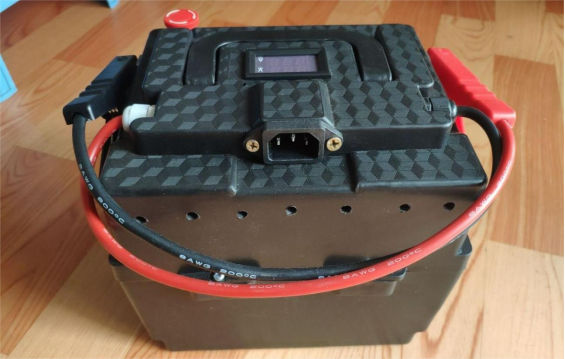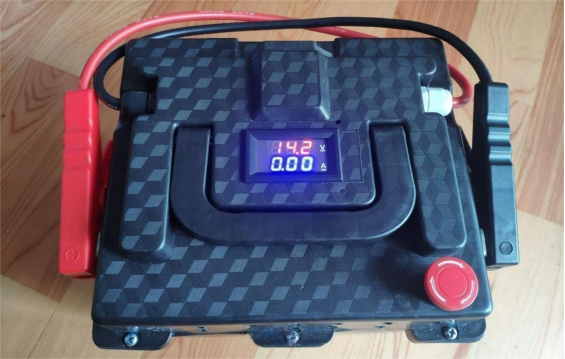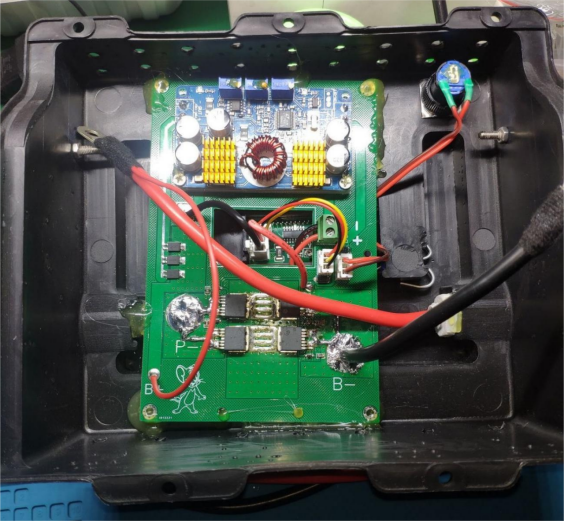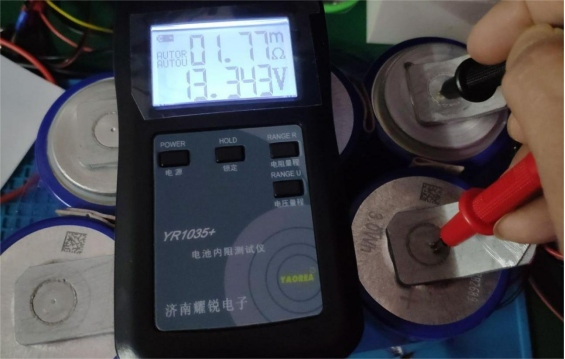
If you're interested in building a DIY supercapacitor jump starter, this guide might be worth checking out. So, what exactly do you need to make one?
You'll need to prepare the following materials:
1. Six 3000F capacitors connected in series
2. A high-power MOSFET for output control
3. An integrated automatic buck-boost charging module (5–30V input, with reverse polarity protection)
4. A voltage and current display meter
5. An emergency stop button switch (controls both the output and the voltage display)
How to use it:
1. Charging
a. Connect a 5–30V DC power supply through a three-prong socket to charge.
b. Once you release the emergency stop button and the voltmeter shows a normal reading, you can directly connect the output clamps to either a charged 12V battery or a constant-current 12V power supply to quickly top it up.
2. Jump-starting a dead vehicle battery
When the starter's voltage is above 11V, it can help jump-start a vehicle with a weak battery.
Here's how:
a. First, disconnect the output clamps and then properly connect them to the positive and negative terminals of the car battery that needs help.
b. Press the red button switch—at this point, the voltmeter will show the current voltage and the clamps will start supplying power.
c. Quickly get into the car and start the engine.
d. After the car starts, let the jump starter continue supplying power for a short while to recharge itself, so it's ready for the next use.





Done.




